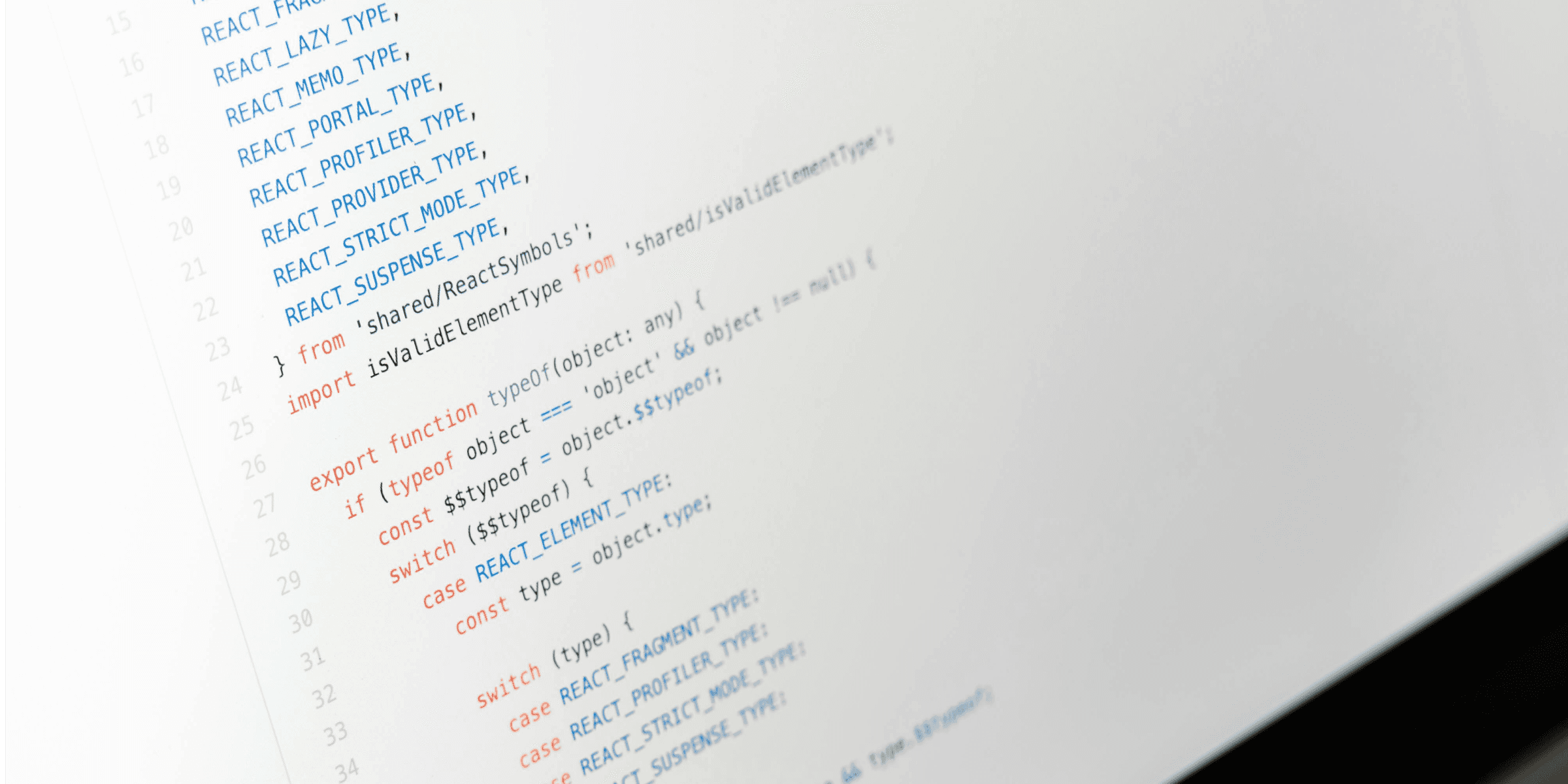Gatsby vs. Next.js: Choosing the Right Framework for Your React Projects

When it comes to building static sites and applications with React, two popular frameworks often come to mind: Gatsby and Next.js. Both have their unique strengths and cater to different use cases, making the choice between them an important decision for developers. In this blog, we will explore the key features, benefits, and differences of Gatsby and Next.js to help you make an informed decision.
1. What is Gatsby in Programming?
1.1. Overview of Gatsby
Gatsby is a React-based, open-source framework designed for building fast, static websites and apps. It leverages GraphQL to pull data from various sources and compiles everything into highly optimized static files.
1.2. Key Features of Gatsby
- Static Site Generation: Gatsby generates static HTML files for each page at build time, ensuring fast load times and excellent SEO performance.
- GraphQL Integration: Gatsby uses GraphQL for data fetching, making it easy to integrate content from CMSs, APIs, and markdown files.
- Plugin Ecosystem: With a rich ecosystem of plugins, Gatsby simplifies the integration of features like image optimization, SEO, and more.
- Gatsby Themes: Themes in Gatsby allow developers to reuse and share site configurations and styling across multiple projects.
2. What is Next.js?
2.1. Overview of Next.js
Next.js is a versatile React framework that supports both static site generation (SSG) and server-side rendering (SSR). It is known for its flexibility and simplicity in creating dynamic and performant web applications.
2.2. Key Features of Next.js
- Hybrid Rendering: Next.js allows developers to choose between static generation and server-side rendering on a per-page basis.
- API Routes: Built-in API routes enable the creation of backend endpoints within the same project, streamlining the development process.
- File-based Routing: Next.js uses a file-based routing system, simplifying the creation and management of routes.
- Automatic Code Splitting: Next.js automatically splits code to improve page load times and performance.
3. Gatsby vs. Next.js: A Detailed Comparison
3.1. Performance and SEO
- Gatsby: As a static site generator, Gatsby pre-builds all pages, ensuring fast load times and excellent SEO performance out of the box. Its static nature makes it a great choice for content-heavy sites that benefit from being pre-rendered.
- Next.js: Next.js offers flexibility with both static and dynamic rendering. While static generation provides similar SEO benefits to Gatsby, server-side rendering allows for dynamic content fetching, which can be advantageous for sites requiring frequent data updates.
3.2. Data Handling and Integrations

- Gatsby: Gatsby’s GraphQL-based data layer allows seamless integration with various data sources, including CMSs like WordPress, Contentful, and APIs. This makes it ideal for projects that need to pull data from multiple origins.
- Next.js: Next.js uses a more straightforward approach to data fetching with hooks like `getStaticProps` and `getServerSideProps`. This simplicity is beneficial for developers who prefer direct data fetching without the added complexity of GraphQL.
3.3. Development Experience
- Gatsby: Gatsby’s extensive plugin library and strong community support provide developers with numerous tools to enhance their development experience. However, the initial learning curve can be steep due to its reliance on GraphQL.
- Next.js: Next.js is praised for its simplicity and ease of use. Its minimalistic approach and robust documentation make it accessible for developers of all skill levels.
4. Use Cases and Best Practices
4.1. When to Use Gatsby
- Static Websites: Ideal for blogs, documentation sites, and marketing pages where content does not change frequently.
- SEO-Centric Projects: Perfect for projects where SEO and load times are critical.
- Content Aggregation: Excellent for sites pulling data from various sources.
4.2. When to Use Next.js
- Dynamic Applications: Suitable for applications requiring frequent data updates and dynamic content.
- Hybrid Projects: Great for projects that need both static and server-rendered pages.
- Backend Integration: Ideal for applications that need integrated backend services through API routes.
Conclusion
Both Gatsby and Next.js are powerful frameworks for building modern React applications, each with its unique advantages. Gatsby shines in static site generation and data integration via GraphQL, making it ideal for content-heavy, SEO-focused projects. Next.js offers flexibility with hybrid rendering and ease of use, making it a strong choice for dynamic and data-driven applications.
Choosing the right framework depends on your specific project requirements and development preferences. By understanding the strengths and use cases of Gatsby and Next.js, you can make an informed decision that best suits your needs.
Consult us for free?
View More


